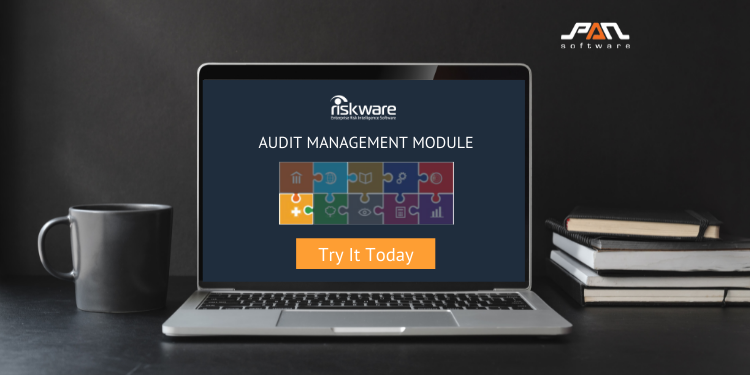These days, compliance is critical for every business—and for many, this means audits and inspections must be completed on a regular basis. To be sure you capture all the relevant information, and to make this process as efficient as possible, you need a user-friendly form that doesn’t over complicate things.
Audit software offers a fast and easy way to design audits, checklists and inspections, as well as many other supporting functions. And while the ease of customising your forms makes it tempting to add in all sorts of extra fields to capture more data, this can be a trap.

The key to designing better audits, checklists and inspection forms is to make them concise, user-friendly and targeted in the information they gather. So in this article we’re sharing our top tips for designing user-friendly checklists and forms that deliver long-term value to your organisation.
Include only essential fields
The first step to creating a useful form lies in what you include—and what you leave out. Adding in questions or fields because the information ‘might’ be useful is a red flag that you don’t really need it. The more focused and targeted your questions, the better quality responses you’ll get. There is no point wasting the time of either your employees completing the inspection, or those reporting or analysing the responses. A good rule of thumb is, if you can’t pinpoint the value of the data immediately, leave it out.
Make it easy to complete
Another way to save your team time when completing inspections is to include smart features that minimise the need for unnecessary data entry. For example, if a question really only has five or less possible responses, add a dropdown box so the user can record the answer with a single click rather than needing to type out the response manually. In some cases, auto-suggest may be appropriate too. Keep both options in mind as you are creating your form and utilise them wherever possible, as long as it does not interfere with the quality of the data.
Follow a logical sequence
There’s nothing more frustrating when completing a checklist or form of any sort than having to jump around or backtrack because it does not follow a logical sequence. Think about how the user will approach the audit or inspection and adapt your checklist to suit.
Test it and tweak it
Once you’ve created your form, it’s critical that you test it out prior to making it live. No matter how good it looks in the office, chances are that when you put it into action there will be a tweak or two that can be made to improve the process and outcomes. This is a great opportunity to check the sequence works, as well as the auto-suggest and dropdowns. Be mindful of anywhere you can add these features in, that may have initially been missed.
Get feedback from users
As a final step before you launch your new auditing process, ask for honest feedback from the people who will use it. Allow them to trial it and report back with any suggestions for improving or refining based on their experience in the field or on the floor. It’s amazing what a big difference small changes can make to the overall user experience and to the quality of data collected. Pockets of time saved every inspection adds up to big savings in the long run, so it’s well worth the extra effort in trialling and refining. You’re also far better off making any changes needed while still in the design stage, rather than trying to implement them later after the rollout.
A well-designed audit is a valuable thing
While the ongoing requirements around compliance can seem tiresome, with a well-designed audit process you can tick it off your list with minimal time or fuss. Putting in some dedicated time to design your form or checklist with the help of audit software is worth its weight in gold. The savings in time and effort alone are important, but when you add to that the ability to gather better data, it’s easy to see the value of having custom-designed lists and the right software to back them up.
Our audit software can help you create better checklists and simplify the task of scheduling audits and reporting results. To see how it could work for you, get in touch to organise a free trial today!

Comments